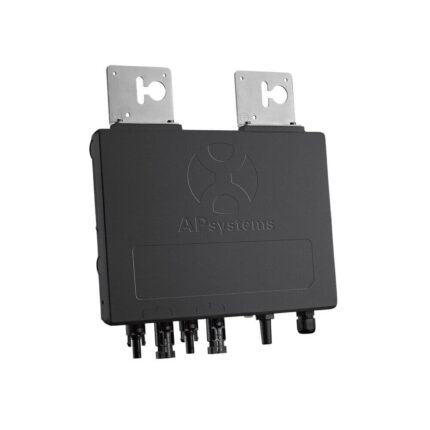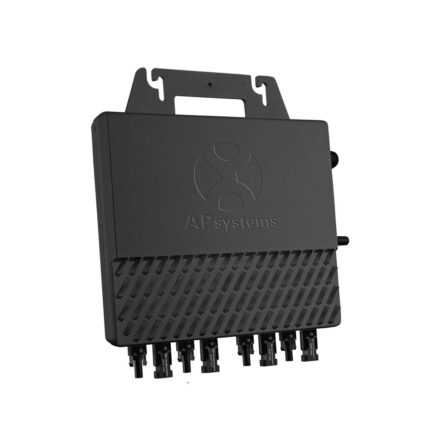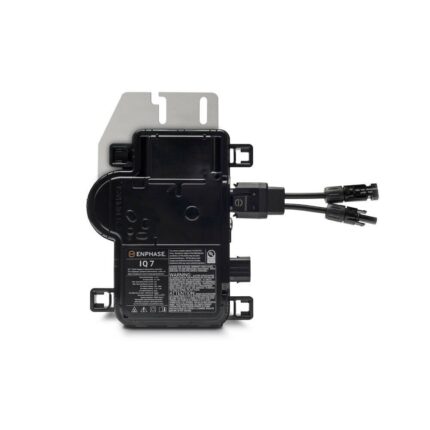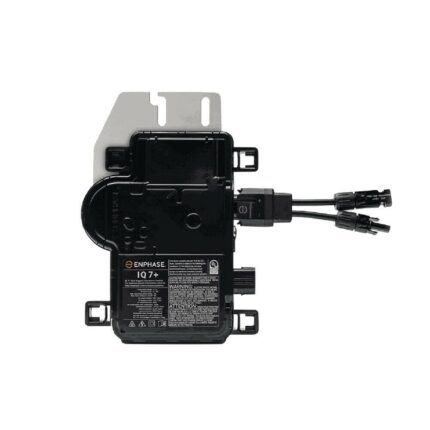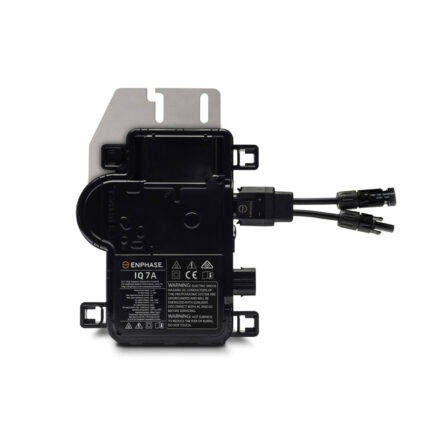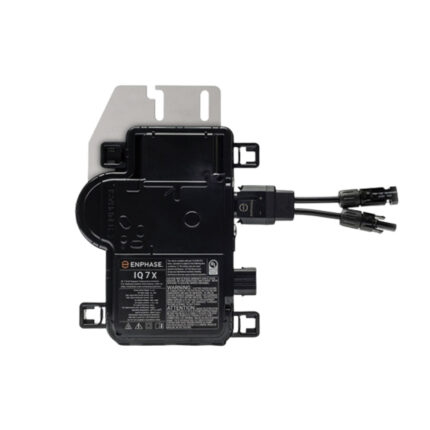Solar microinverters are indispensable components within solar energy systems, converting the direct current (DC) generated by individual solar panels into usable alternating current (AC). These devices play a critical role in enhancing the overall efficiency of solar installations. Let's delve into the realm of solar microinverters and their pivotal role in optimizing solar energy utilization.
Diverse types of solar microinverters cater to specific requirements. These compact inverters are directly attached to individual solar panels, ensuring efficient management of each panel's performance. The uniqueness of solar microinverters lies in their ability to enhance overall system efficiency by addressing the individual characteristics of each solar panel.
Advanced technologies are embedded in solar microinverters to maximize energy production. The incorporation of Maximum Power Point Tracking (MPPT) algorithms ensures that each microinverter operates at the peak power point, thereby boosting the overall efficiency of the solar energy system. The adaptability of microinverters to individual panel characteristics is a distinctive feature, allowing them to optimize performance under varying conditions.
Control and monitoring features make solar microinverters intelligent and user-friendly. Performance monitoring systems enable real-time tracking and analysis of each solar panel's efficiency, providing users with valuable insights into the overall system performance. Remote control capabilities through smart applications empower users to manage and diagnose microinverters efficiently, enhancing overall system control.
Safety and reliability remain paramount in the design of solar microinverters. Incorporating short circuit protection technologies, these microinverters safeguard against potential issues. In the event of a grid failure, microinverters feature automatic shutdown mechanisms to prevent damage. Their durable design ensures resilience against environmental factors, ensuring long-term reliability and performance.
The installation process of solar microinverters is crucial for achieving optimal efficiency. Proper attachment to individual solar panels is essential to harness the benefits of microinverter technology fully. Installers follow specific guidelines to ensure secure attachment and grounding, contributing to the overall safety and efficiency of the solar energy system.
Regular maintenance and technical support are essential for the longevity of solar microinverters. Routine checks and maintenance procedures are recommended to address any potential issues promptly. Efficient procedures for replacing faulty microinverters ensure minimal downtime and sustained system performance. Solar microinverters typically come with warranty conditions and accessible technical support.
Evaluating the economic viability of solar microinverters is vital for consumers. Understanding the initial costs and payback period helps consumers make informed decisions about their investment. Calculating energy savings and cost-effectiveness provides a comprehensive view of the financial benefits of incorporating solar microinverters into a solar energy system.
Financial incentives further enhance the appeal of solar microinverters. Governments often provide subsidies and tax incentives to promote the adoption of solar energy systems with microinverters. Various financing and credit programs facilitate the purchase of solar microinverters, making them more accessible to a broader consumer base. Programs allowing users to exchange excess energy with the grid contribute to the overall financial benefits.
The evolving landscape of solar microinverters continues to witness technological advancements. Ongoing research aims to improve microinverter efficiency, ensuring greater energy production. Integrating microinverters with energy storage systems represents a notable trend, enhancing the overall capabilities of solar energy installations. The influence of global sustainability trends further shapes the future of solar microinverters, reaffirming their role in greener and more energy-efficient solutions.
In conclusion, solar microinverters stand as indispensable components within solar energy systems, elevating the efficiency of individual solar panels and the overall system. Their compact design, advanced technologies, and adaptability to individual panel characteristics make them a key player in optimizing solar energy utilization. Choosing solar microinverters involves considerations of functionality, safety, and economic viability, contributing to a sustainable and efficient future of solar energy systems.


